Find out whether you should stick around after the credits start rolling
Stephen King isn’t just an author by this point: He’s an institution, a legacy of classic horror stories that capture our imaginations, fuel our nightmares, and speak — when he’s at his best — to our shared experiences as flawed, emotional beings. The best King stories scare so many of us that we all feel connected, and even the worst are usually pretty fun.
King’s books and short stories quickly became hit movies, many of them celebrated in their time, and some flopped so hard that hardly anybody remembers them. Cataloguing every adaptation might be a fool’s errand, so we made some tough choices and decided to focus only on his theatrical releases.
And even then, there are so many King adaptations that it gets tricky. The sequels to King’s work rarely have anything to do with the source material, so they’re all disqualified (even though some, like Larry Cohen’s prescient anti-fascist monster drama “A Return to Salem’s Lot,” are genuinely interesting). We also cut King some slack and removed “The Lawnmower Man” from our watch list, since he fought to have his own name removed from the film and won.
(There are also some adaptations that are simply difficult to find in America, like the Indian adaptions of “Misery” and “Quitter’s, Inc.” — “Julie Ganapathi” and “No Smoking” — but we tried. We promise we tried.)
Even with all those caveats we felt one particular film deserved a quasi-official, honorable mention. Before we rank into every theatrically-released Stephen King adaptation let’s give out one honorable mention…
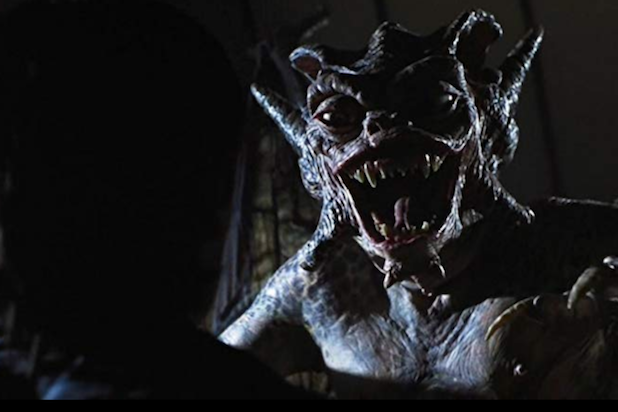
Honorable Mention: “Tales From the Darkside: The Movie” (1990)
Stephen King wrote only one installment of this feature film version of the “Tales From the Darkside” TV series, but it’s a doozy. “Cat From Hell” (which was originally intended for “Creepshow 2”) stars Buster Poindexter as a hitman hired to murder a cat, but the cat has other, shocking ideas. Darkly humorous and surprisingly gross, it’s definitely the highlight of this anthology — although the other installments aren’t half-bad.
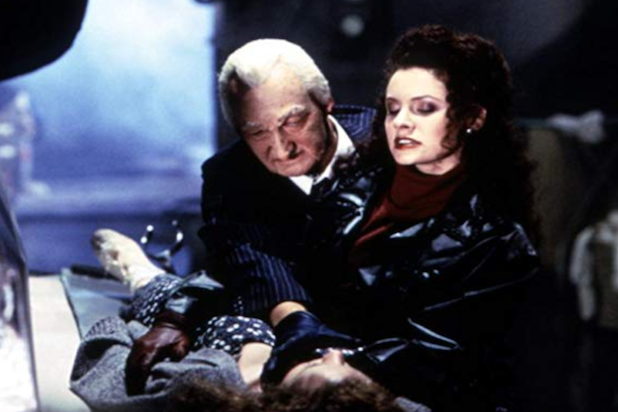
42. The Mangler (1995)
Tobe Hooper’s adaptation of King’s short story about a haunted laundry machine is insane in all the wrong ways. It’s a tonally scatterbrained, shrieking, overacted mess of a movie. Too bizarre to feel real, too abrasive to work as camp, “The Mangler” is about as bad as a Stephen King movie can get.
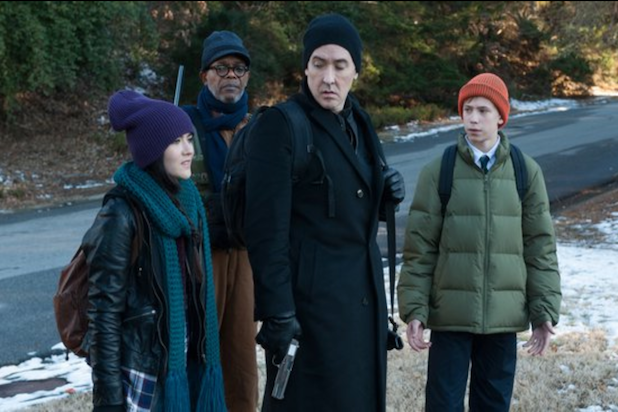
41. Cell (2016)
John Cusack and Samuel L. Jackson are two of the only people in the world who weren’t talking on their cell phone when a weird psychic zombie virus was unleashed through all the earpieces. The concept was already outdated by the time “Cell” (barely) came to theaters — we all know everyone would be texting nowadays — but the film’s weak characters, laughable mythology and bizarre finale are the real reasons why this adaptation flops.
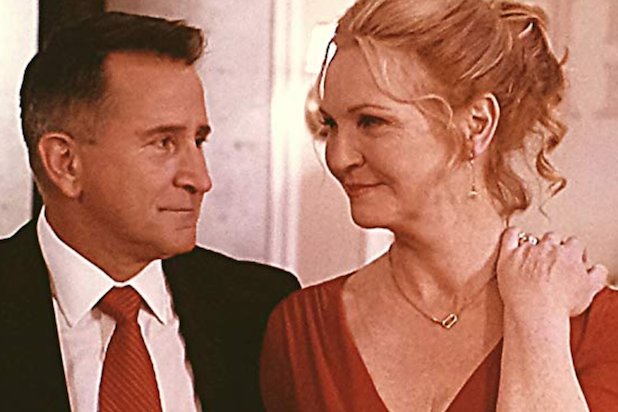
40. A Good Marriage (2014)
Joan Allen and Anthony LaPaglia seem like the perfect married couple. But while her husband is off on one of his many business trips, Allen discovers that he’s actually a serial killer. Essentially a dramatic two-hander, Allen and LaPaglia have a few great moments as they find their marriage going through unexpected changes, but Peter Askin’s generic direction neutralizes most of the suspense, and the storyline peaks early and quickly fizzles out. It’s not terrible; it’s just dull.
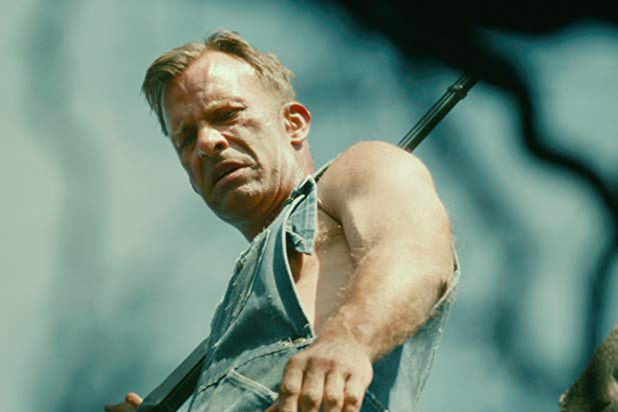
39. 1922 (2017)
Thomas Jane plays a farmer plotting to kill his wife in this Netflix original, but of course irony rears its ugly head and his uppance doth come. “1922” plays like a radio true-crime drama from the 1940s, but way too long and with an inexplicably distracting accent from Jane, who has to carry a lot of this film on his own. Sadly, like his character, he can’t quite get away with it.
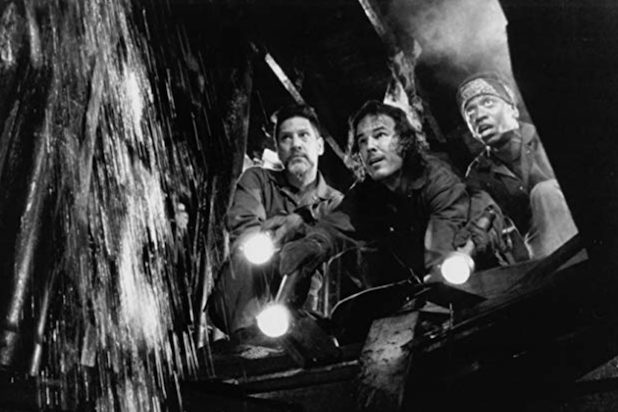
38. Graveyard Shift (1990)
You’d think Stephen King’s short story about industrial workers fighting killer rats would make for an entertaining creature feature, but “Graveyard Shift” dawdles too long and doesn’t get to the icky good stuff until closer to the end, and there isn’t enough drama to keep us engaged until then. But at least it’s got Brad Dourif, playing a fascinatingly intense exterminator who steals every single scene he can find.
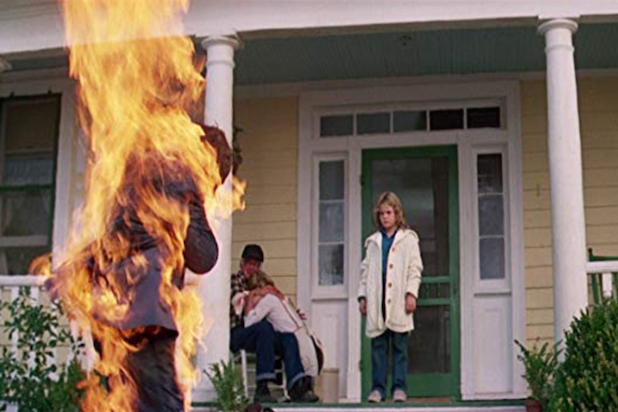
37. Firestarter (1984)
Drew Barrymore plays a young girl with pyrokinetic powers, and Martin Sheen and George C. Scott play the sinister men who want to kidnap her and exploit her abilities. It starts well, but the movie loses focus for most of the second act before picking up again with a genuinely explosive climactic battle. “Firestarter” was a great role for Barrymore, but Scott’s performance as a Native American is bizarre and inappropriate.
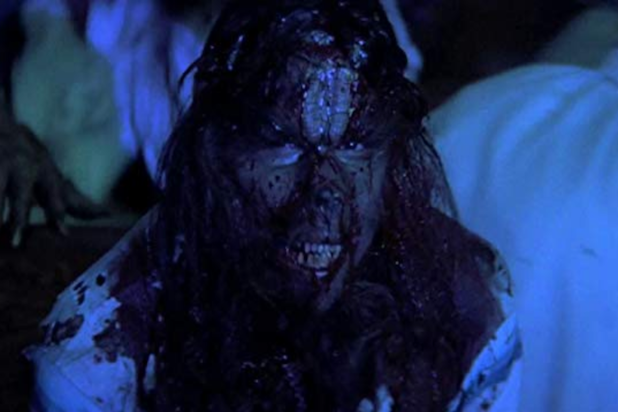
36. Silver Bullet (1985)
A series of full-moon murders convinces a disabled boy, played by Corey Haim, that a werewolf is on the loose in his town. Naturally, no one believes him, and naturally, he’s right. Gary Busey shines as Haim’s miscreant uncle, and Everett McGill is tragic and scary as a cursed priest, but “Silver Bullet’s” subpar production values and completely unconvincing monster effects drag down this otherwise likable film.
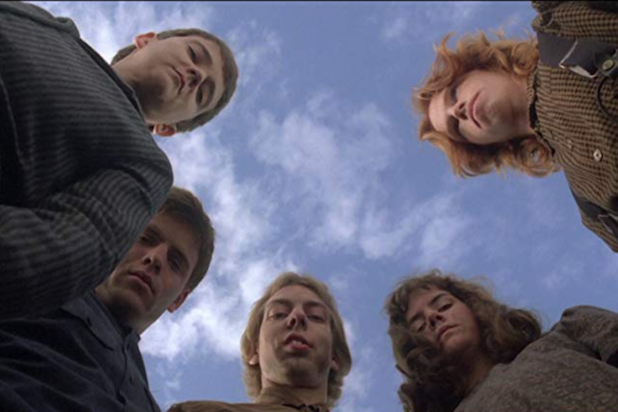
35. Children of the Corn (1984)
Stephen King’s tale of a young couple trapped in a town overrun by homicidal kids is a great idea for a movie, but Fritz Kiersch’s adaptation wanders aimlessly in search of scares, and the over-the-top supernatural finale is unintentionally hilarious. Linda Hamilton and Peter Horton make little impression as our heroes, but at least John Franklin and Courtney Gains are scary as hell as the teen cult villains. Narciso Ibáñez Serrador’s “Who Can Kill a Child?” (1976) did the same basic idea so many years earlier, and so much better, that Kiersch’s film seems especially disappointing.
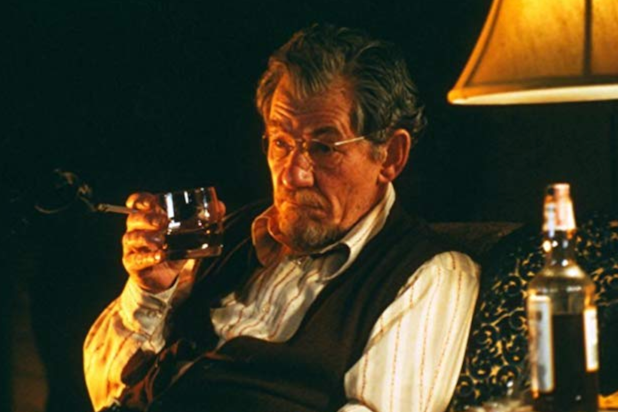
34. Apt Pupil (1998)
“Apt Pupil” is impossible to watch without drawing disturbing parallels. Bryan Singer’s bleak coming-of-age drama stars Brad Renfro as a teenager who cons a fugitive Nazi, played by Ian McKellen, into revealing his darkest secrets, and the relationship they form is unwholesome to the extreme. It’s undeniably scary, and Renfro and McKellen give great performances, but almost every scene in this film seems reminiscent of the accusations against Singer accusations, so it’s still incredibly hard to get through.
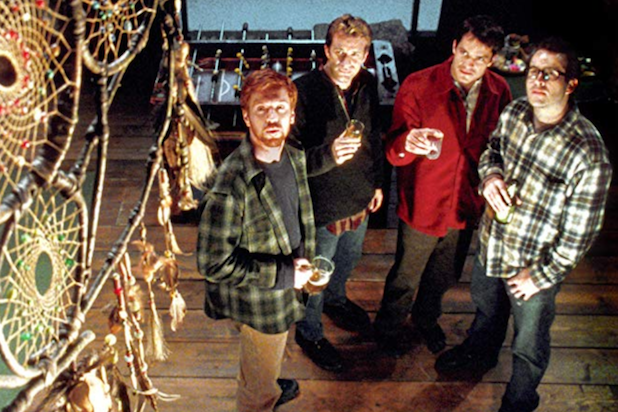
33. Dreamcatcher (2003)
It’s important to remember that some Stephen King stories are completely nuts, and if you need an example, look no further than “Dreamcatcher.” Thomas Jane (again), Timothy Olyphant, Jason Lee and Damian Lewis play childhood friends who got psychic powers from a disabled child and now are humanity’s only hope, because an alien race of “s–t weasels” (actual terminology) is about to take over the whole planet. It’s too absurd to take seriously, but if you get on this film’s bonkers wavelength, it’s undeniably amusing.

32. Sleepwalkers (1992)
Stephen King’s first original screenplay, “Sleepwalkers” stars Alice Krige and Brian Krause as mother-son cat monsters who are also lovers. They’re plotting to suck the life force out of virginal Mädchen Amick, and their one weakness is actual house cats, which leads to one hilarious feline moment after another. Cheesy and lurid, with very questionable visual effects and storytelling choices, but at least Mick Garris’ film is never boring.
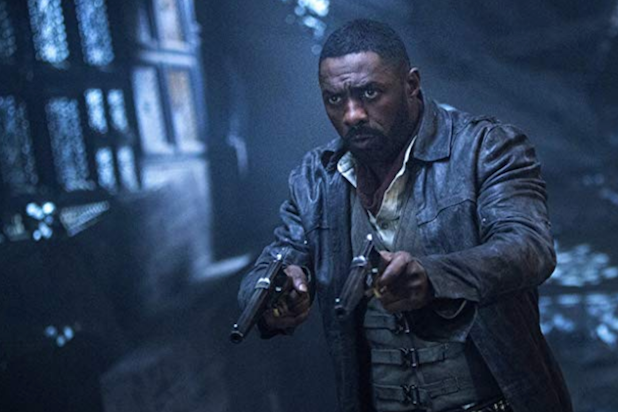
31. The Dark Tower (2017)
Stephen King’s enormous fantasy epic yielded a frustratingly small and conventional movie adaptation. Tom Taylor plays a youngster who stumbles into a timeless battle between good and evil, represented by the heroic Roland Deschain (Idris Elba) and the villainous Walter Padick (Matthew McConaughey). The CGI action and rushed storyline are pure Hollywood hackery, but Elba is so incredibly charismatic that the film is watchable — disposable, but watchable — anyway.
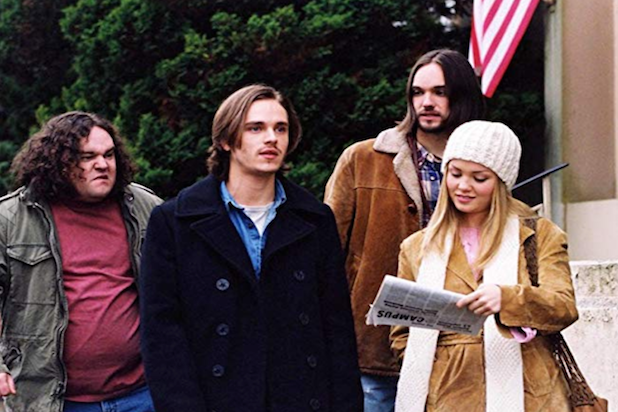
30. Riding the Bullet (2004)
Jonathan Jackson stars as a death-obsessed college student who hitchhikes home to visit his sick mother and encounters a grim specter of death along the way. “Riding the Bullet” seems more personal than Mick Garris’ other King adaptations, with earnest attempts to tackle big philosophical subjects, and David Arquette is entertaining as the angel of death. But at feature length, this material feels pretty skimpy.
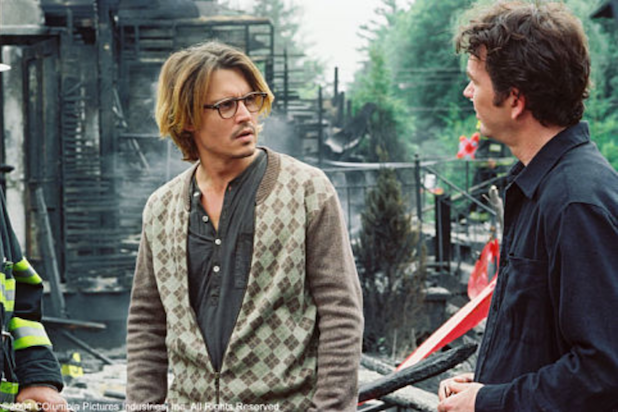
29. Secret Window (2004)
Another well-constructed film, made increasingly uncomfortable by context. Johnny Depp stars as a troubled, struggling, once-popular artist, accused of plagiarism by a mysterious stalker played by Jon Turturro. David Koepp’s adaptation of “Secret Window, Secret Garden” is relatively slick and suspenseful, but it’s difficult to watch a film about Depp threatening his wife and losing his mind without mentally sidestepping into some unsettling and distracting territory.

28. Creepshow 2 (1987)
The second film in Stephen King and George A. Romero’s horror franchise, this time directed by Michael Gornick, is more of a mixed bag than the original, with the conventional vengeful statue yarn “Old Chief Wooden Head” completely failing to pass muster. Fortunately, the slime monster short “The Raft” makes up for it, and road-trip ghost story “The Hitch-Hiker” concludes “Creepshow 2” on an amusingly grim note.
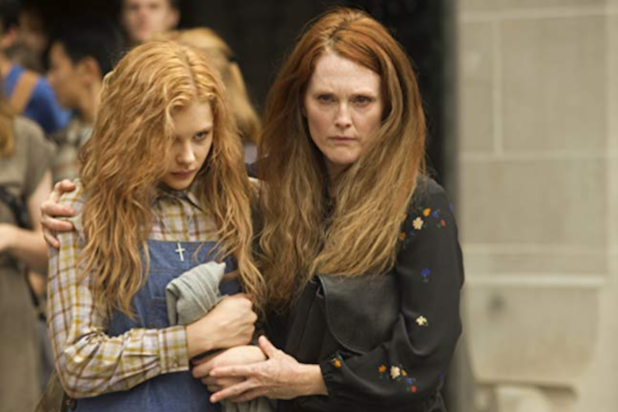
27. Carrie (2013)
Kimberly Peirce’s remake of “Carrie” updates King’s first novel to the present day, and adds a (perhaps ill-advised) plot point involving social media, but it’s still fundamentally the story of an abusive relationship between a mentally ill mother and her repressed and psychically powerful daughter, played respectively by Julianne Moore and Chloë Grace Moretz. Both actors make the most of their roles, with Moore in particular having a wild time. However, this respectable but unremarkable remake never quite feels as raw and frightening as the original.
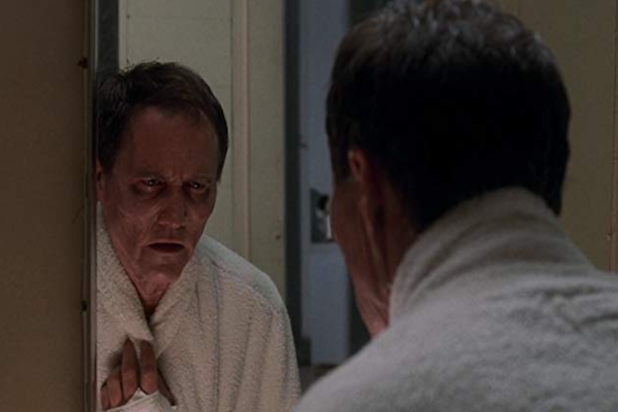
26. Thinner (1996)
Robert John Burke stars as a corrupt, heavyset lawyer who uses his mob connections to stay out of jail after he accidentally hits an old gypsy with his car. Her widower curses him to get “thinner,” every single day, until he wastes away into nothingness. Tom Holland’s film is a nasty piece of work that plays more like a cruel joke than a feature film. But as cruel jokes go, it’s a good one.

25. Maximum Overdrive (1986)
The only film that Stephen King directed himself, “Maximum Overdrive” tells the story of a group of strangers who get trapped at a gas station when all the machines on Earth come to life and start killing everybody. Terrorized by vehicles and vending machines, they’re forced to fuel the trucks, and it’s just about as ridiculous as it sounds. But it’s such an entertaining mess, and the soundtrack by AC/DC kicks so much butt, that it’s developed a well-deserved reputation as a cult oddity.
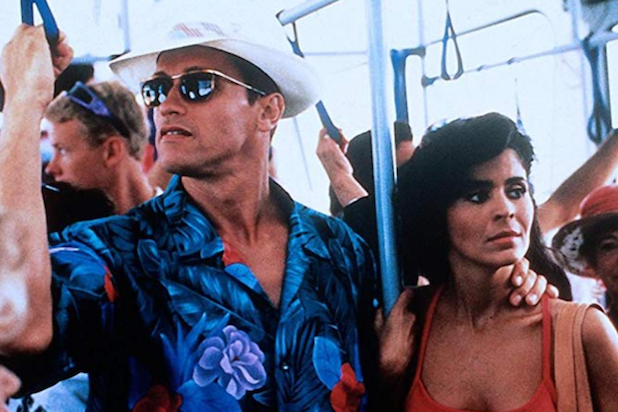
24. The Running Man (1987)
Arnold Schwarzenegger stars as a wrongly accused man, forced to fight for his life against colorful superpowered murderers for the benefit of a live studio audience. “The Running Man” may not be subtle, but its portrayal of TV gone sadistic and amok feels prescient anyway. The action is entertainingly bizarre, and iconic game show host Richard Dawson plays a fantastically evil version of himself. It’s an effective media satire and a ripping sci-fi thriller.
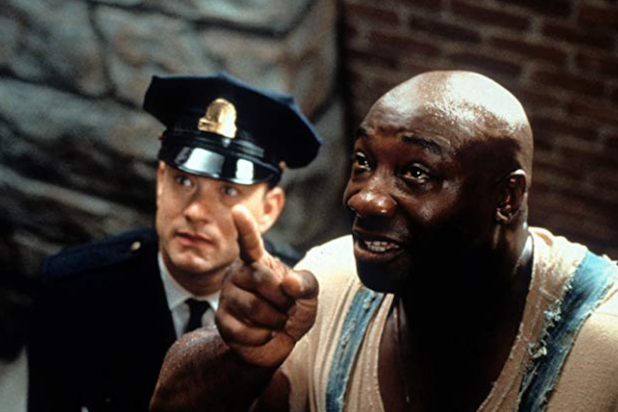
23. The Green Mile (1999)
Frank Darabont’s second Stephen King adaptation tells the story of Depression-era death row inmates and guards, whose lives are forever altered by the arrival of a mysterious, magical new prisoner. Michael Clarke Duncan earned an Oscar nomination for his performance as the tragic John Coffey, Sam Rockwell and Michael Jeter steal scenes as his fellow prisoners, and Tom Hanks adds gravitas. “The Green Mile” is a handsome but bloated production, told in broad strokes with mixed but often impressive results.
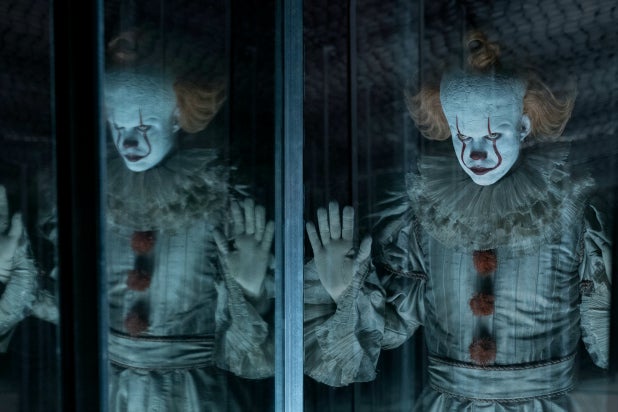
22. It: Chapter Two (2019)
The Loser’s Club has all grown up — and is now played by recognizable actors like James McAvoy, Jessica Chastain and Bill Hader — and they return to Derry to confront their childhood traumas, in the form of the evil Pennywise the Clown (Bill Skarsgård, as scary as ever). Director Andy Muschietti knows how to build a great scare, and “It Chapter Two” has some doozies, but the conclusion of this horror epic falls prey to tedious mythologizing and a flashback structure that treats the adult Losers like afterthoughts in their own story. It’s a disappointing conclusion to the instant classic “Chapter One.”
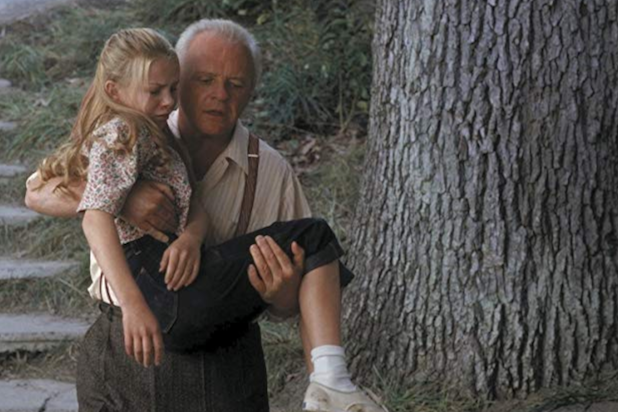
21. Hearts in Atlantis (2001)
Anton Yelchin stars as a young boy who becomes fascinated with his new neighbor, played by Anthony Hopkins, who has strange psychic powers. Scott Hicks’s coming-of-age film is slight, frequently to a fault, but the performances by Yelchin and Hopkins (and Hope Davis as Yelchin’s self-obsessed mother) are so rich and excellent that “Hearts in Atlantis” makes a strong impression anyway.
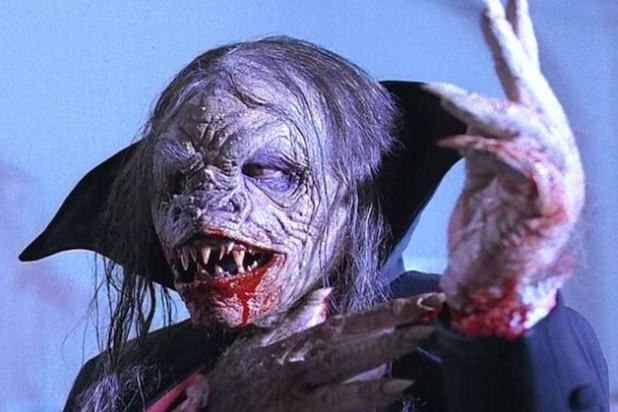
20. The Night Flier (1997)
A serial killer flies from one small airport to another, killing everyone they find, and a tabloid reporter played by Miguel Ferrer is on the case. The supernatural story gets increasingly ridiculous, but that’s the point: Ferrer plays a cynic who finds himself suddenly believing the weird tales he peddles. “The Night Flier” gives Ferrer one of his very best roles and spins a very unusual yarn in the process.

19. 1408 (2007)
John Cusack plays a non-fiction writer who spends the night at allegedly haunted hotels, but when he winds up in room 1408 he gets more than he bargained for. Mikael Håfström’s incredibly clever film finds a way to keep Cusack in his room, constantly bombarded by terrors, for almost the entire, gripping running time. It’s one of the great modern haunting movies.
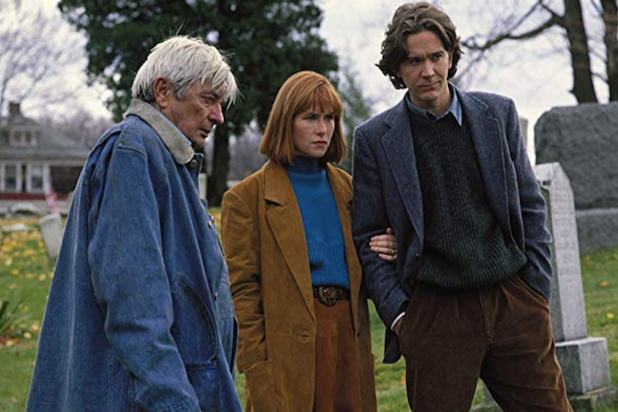
18. The Dark Half (1993)
Timothy Hutton plays a novelist almost-but-not-entirely like Stephen King, who wrote under a pseudonym, had that pseudonym exposed, and publicly “killed” his alter ego. The problem is, Hutton’s doppelgänger refuses to stay dead. George A. Romero’s creepy and personal horror story goes in weird directions, but Hutton’s impeccable dual performance keeps “The Dark Half” rooted in nightmarish and engrossing allegory.
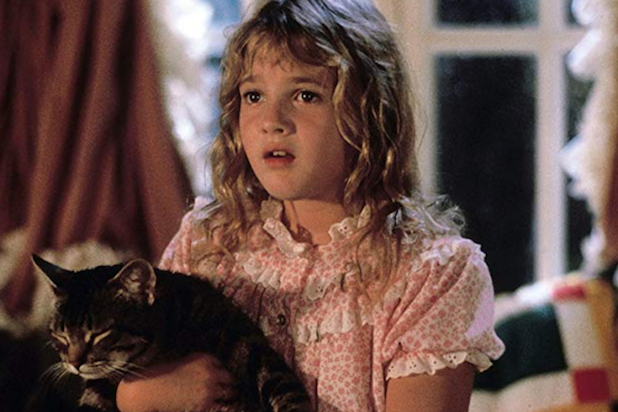
17. Cat’s Eye (1985)
A scheme to stop smoking goes horribly wrong, a jilted husband makes a deadly wager, and a cat struggles to rescue a little girl from a monster in “Cat’s Eye,” one of the best horror anthologies of the 1980s. Each segment is an excellent shocker in its own right, with twisted senses of humor and seat-clutching suspense. The only thing keeping “Cat’s Eye” from classic status is the weak framing device, which doesn’t do much to connect the stories together, other than the (mostly incidental) presence of a cat.
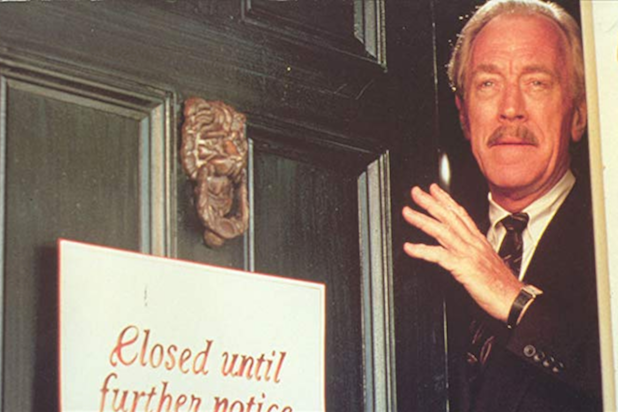
16. Needful Things (1993)
Max von Sydow opens up a knick-knack store in Castle Rock, Maine, where every customer finds exactly what they desire, and all it ever costs them is a little favor. Gradually the whole town starts turning on each other, building to a hellish conclusion. Fraser C. Heston’s film has a lot of story to fit into just one movie, and sometimes feels rushed, but the fantastic performances by von Sydow, Ed Harris, Amanda Plummer and J.T. Walsh more than compensate. It’s one of the better horror movies about the insidious power of temptation.
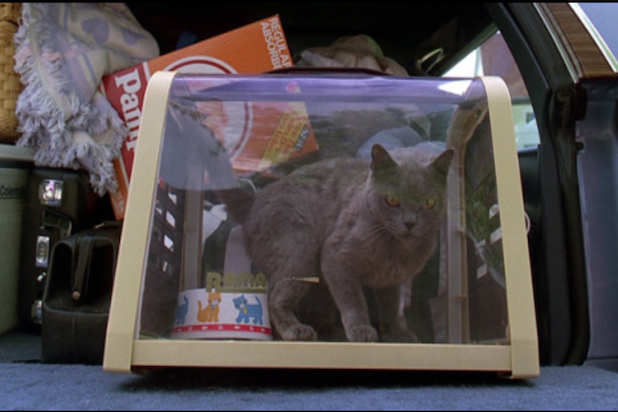
15. Pet Sematary (1989)
“Sometimes, dead is better.” Stephen King’s vicious and horrifying tale about a family’s grief gone disturbingly wrong became an emotionally explosive and creepy film from director Mary Lambert, who plays up the melodrama and lets King’s strange supernatural storytelling speak for itself. Dale Midkiff and Denise Crosby hold their own as the couple mourning their soon-to-be-resurrected child, while Fred Gwynne creates an indelible horror icon as their too-helpful neighbor Jud.

14. Pet Sematary (2019)
“Sometimes, dead is better.” Stephen King’s vicious and horrifying tale about a family’s grief gone disturbingly wrong became an emotionally explosive and creepy film from… wait, didn’t we just do this? The remake of “Pet Sematary” is just about on par with the original, with a few notable changes that keep the story feeling relatively timeless but not entirely familiar. Kevin Kölsch and Dennis Widmyer’s adaptation amplifies the shocks and makes the atmosphere even creepier than ever, but which version is actually “better” is probably just a matter of taste.
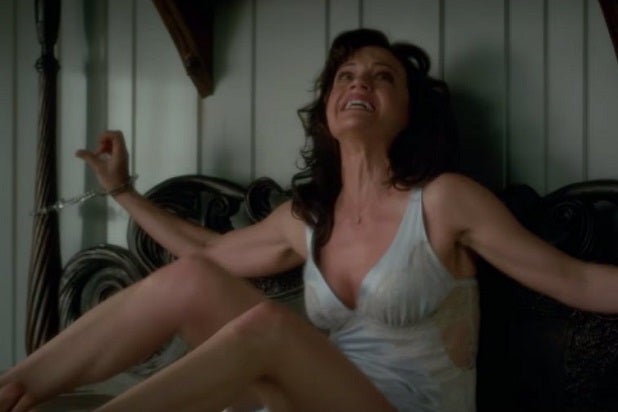
13. Gerald’s Game (2017)
Carla Gugino and Bruce Greenwood play a married couple looking to rekindle their sex life, but when he handcuffs her to the bed and then falls down dead of a heart attack, their weekend getaway becomes the ultimate nightmare. Gugino gives a tour-de-force performance, and Mike Flanagan’s smart and intense direction makes every moment feel like an important piece of a puzzle. Some argue that the ending goes on too long, but without the extended denouement, our hero’s journey would mean so much less. And it’s that engrossing journey that makes “Gerald’s Game” one of the best King adaptations.
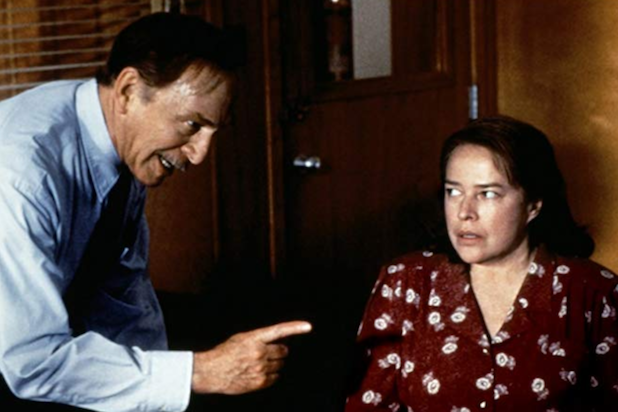
12. Dolores Claiborne (1995)
Dolores (Kathy Bates) is accused of a brutal murder, and when her estranged daughter, played by Jennifer Jason Leigh, investigates, she discovers layer after layer of repressed and traumatic memories. Taylor Hackford’s impressive mystery gives Bates and Leigh complex, nuanced characters, and they make the most out of every scene. “Dolores Claiborne” is a gripping and overwhelming melodrama, dipped in New England macabre, and it warrants another look from audiences who seem largely to have forgotten it.
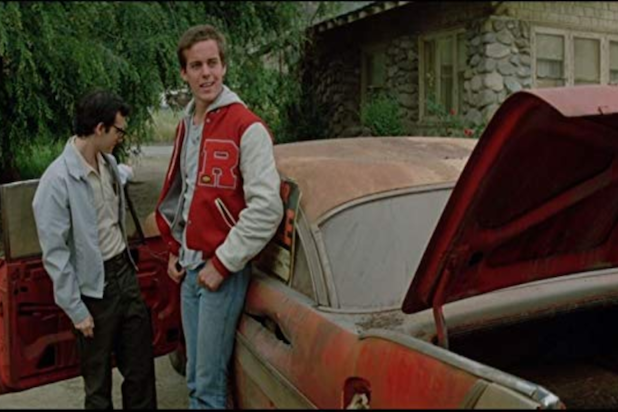
11. Christine (1983)
John Carpenter’s King adaptation stars Keith Gordon as a high school nerd who buys a beat-up Plymouth Fury and becomes obsessed with it. Little does he realize the car is also becoming obsessed with him. A warped and wicked tale, with a boss soundtrack, excellent performances, and some of the best practical visual effects around. The scene where the titular car repairs herself is legendary, and the scenes where she hunts down her enemies are pure terror.
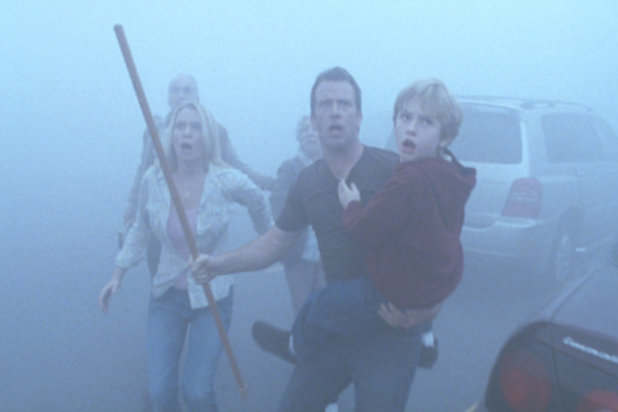
10. The Mist (2007)
Frank Darabont finally makes a Stephen King movie that isn’t set at a prison, and it’s one of the meanest and most frightening adaptations yet. Thomas Jane and his son are trapped in a grocery store after a mysterious mist envelops their town, and inside “The Mist” are unspeakable monsters. But the real danger builds inside their shelter, as Marcia Gay Harden assembles an Old Testament cult that demands sacrifices. Darabont famously changed the ending of King’s story into something even more shocking, but the new finale isn’t just a mind-blower. It’s the final nail in the coffin of a world not ruled by superstition, the ultimate nightmare of the logical mind.
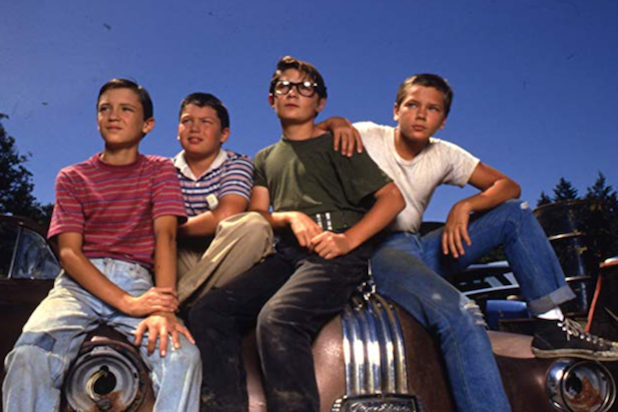
9. Stand By Me (1986)
Rob Reiner’s “Stand By Me” might as well be called “Nostalgia: The Movie.” With a winning cast and a pitch-perfect 1950s soundtrack, this story of a group of kids hiking to find a dead body and becoming young men in the process helped inform how elegiac pop cinema would become in the ensuing years, and with good cause. It’s a beautifully written and earnestly directed saga of youth, in all its weird, uncomfortable, violent and heroic wonder.

8. Creepshow (1982)
Stephen King and George A. Romero pay homage to the outlandish and ironic E.C. Horror comics of yore in “Creepshow,” a collection of violent short stories presented as colorfully and dynamically as possible. The quality is impressively consistent across the board, and the adolescent glee King and Romero display in bringing these wicked tales to four-color life is infectious. Almost as infectious as the alien fungus that starts growing on King himself (who isn’t a great actor, but is a hoot as the ill-fated farmer who stumbles onto a meteorite).

7. Cujo (1983)
Dee Wallace gives one of the great horror performances in “Cujo,” a harrowingly simple shocker about a woman trapped in a car with her son by a deadly and rabid St. Bernard. As time ticks on, it becomes clear that they’ll die unless they do something. Lewis Teague keeps the single location exciting and the pacing completely taut. “Cujo” is one hell of a suspenseful film, and Wallace deserves more praise for her bravura work.
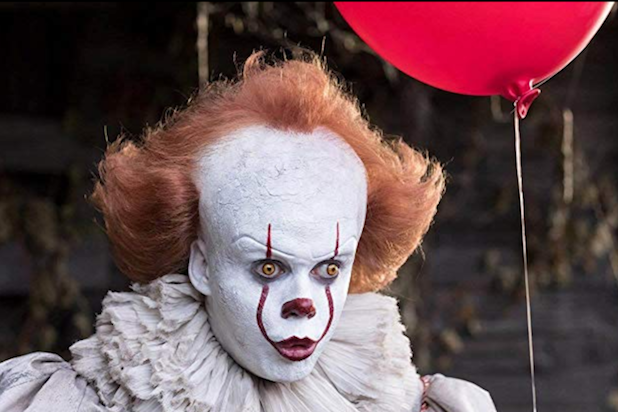
6. It: Chapter One (2017)
The first chapter of Andy Muschietti’s two-part remake of “It” transposes King’s idyllic 1950s to its modern nostalgic equivalent, the 1980s, and it works. This story of a group of loser kids who fend off an impossibly evil demon clown captures all the wonder and terror of youth, and then repeatedly bursts into surprising and shocking scares. The young cast is impeccable, and Bill Skarsgard somehow gives Tim Curry’s Pennywise, from the beloved 1990 TV mini-series, a run for his money.
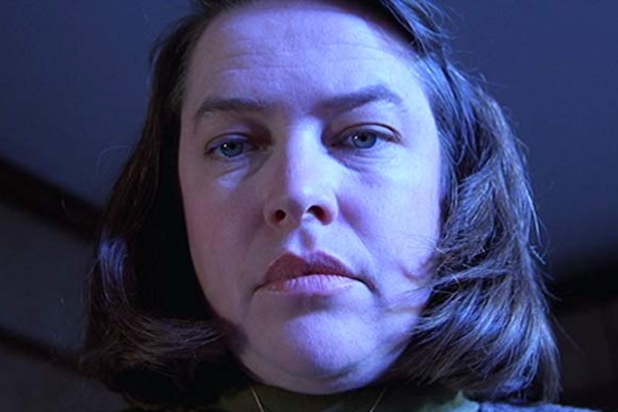
5. Misery (1990)
Only one Stephen King adaptation has ever won an Academy Award, and it’s Rob Reiner’s “Misery.” Kathy Bates took home a well-deserved Oscar for her role as a mentally disturbed nurse who kidnaps her favorite author and forces him to make her fan-fiction canon. James Caan matches Bates scene for scene in a masterfully suspenseful yarn that explodes every writer’s greatest anxieties about their readers, and every reader’s love for their favorite author.
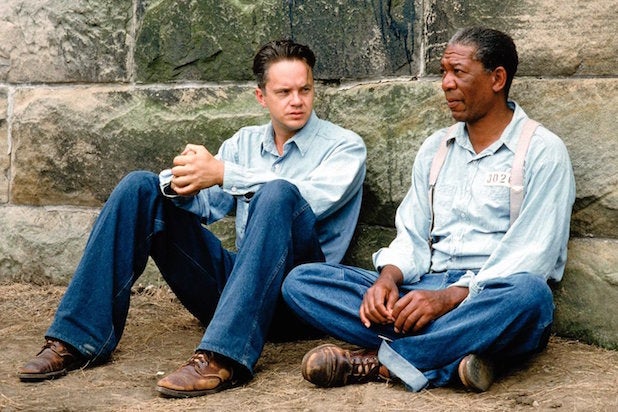
4. The Shawshank Redemption (1994)
Frank Darabont’s celebrated adaptation of “Rita Hayworth and the Shawshank Redemption” stars Tim Robbins as a mild-mannered accountant imprisoned for murdering his wife and struggling to adapt to the harsh, corrupt and violent prison environment. Along the way, he develops a lifelong friendship with Morgan Freeman’s lifer and pulls off one minor miracle after another. Inspired dramatic storytelling, with unforgettable performances from almost the entire cast, gorgeous cinematography, and beautiful music. “The Shawshank Redemption” is one of the great dramas of the 1990s.
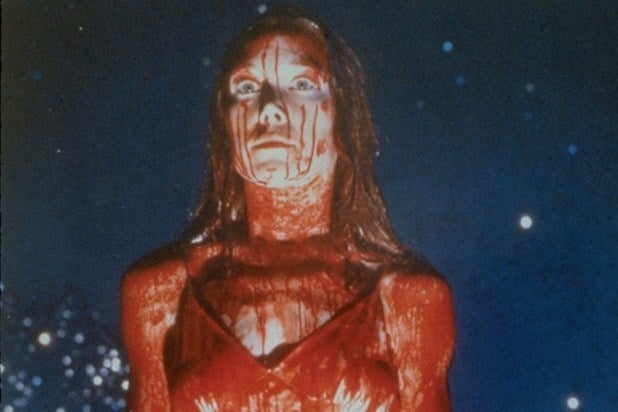
3. Carrie (1976)
The very first Stephen King adaptation is still, rather impressively, one of the best. Brian De Palma’s screen version of King’s debut novel stars Sissy Spacek as the abused title character, Piper Laurie as her abusive zealot of a mother, and a cast of cruel young actors who take turns destroying Carrie’s life. When their pranks finally push Carrie too far, the film devolves into sheer, unbridled hell. Spacek and Laurie are on another level in “Carrie,” and De Palma captures the evils of the teen experience and religious oppression so powerfully that even the film’s strangest moments seem natural.
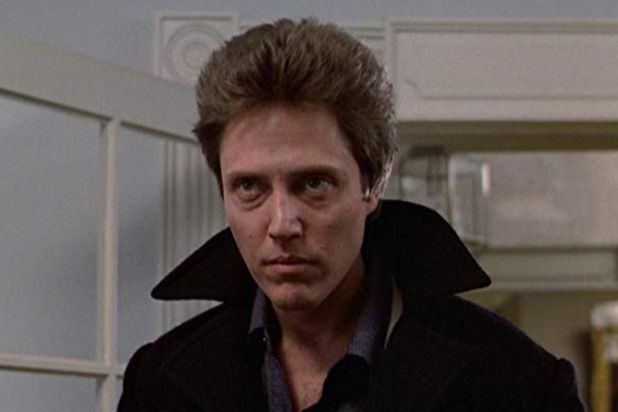
2. The Dead Zone (1983)
David Cronenberg’s adaptation of Stephen King’s psychic drama stars Christopher Walken as a teacher who falls into a coma and wakes up years later, having lost the love of his life but gaining the power to see the future. “The Dead Zone” is sometimes horrifying, but it’s mostly a potent Cassandra-esque tragedy, about a man with the power to change the future but who loses himself in the process.
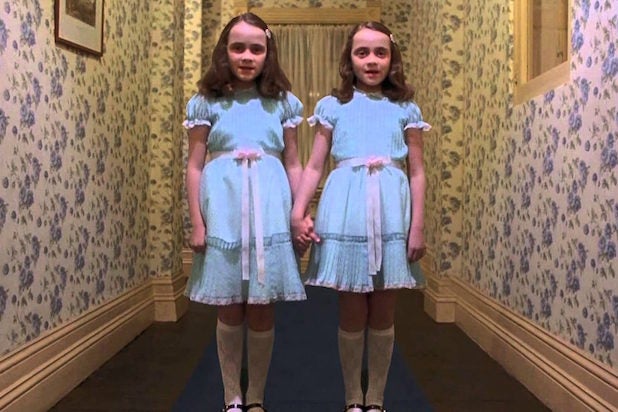
1. The Shining (1980)
Stephen King famously disapproved of Kubrick’s adaptation of “The Shining,” but let’s agree to disagree. “The Shining” is a masterpiece of horror, a perfect marriage of material and filmmaker, with iconic performances and insidious scares. Jack Nicholson and Shelley Duvall are stuck at the Overlook Hotel throughout the summer, and madness takes hold, possibly (but not necessarily) urged on by supernatural forces. Kubrick’s camera glides down hallways, not so much filming as spying, and captures unthinkable moments that stick in your throat. “The Shining” might very well be the scariest movie ever made, and accuracy to the source material be damned, it’s the best King adaptation so far.
Where does the “It Chapter Two” place among the many big-screen adaptations of the horror master’s work?
Stephen King isn’t just an author by this point: He’s an institution, a legacy of classic horror stories that capture our imaginations, fuel our nightmares, and speak — when he’s at his best — to our shared experiences as flawed, emotional beings. The best King stories scare so many of us that we all feel connected, and even the worst are usually pretty fun.
King’s books and short stories quickly became hit movies, many of them celebrated in their time, and some flopped so hard that hardly anybody remembers them. Cataloguing every adaptation might be a fool’s errand, so we made some tough choices and decided to focus only on his theatrical releases.
And even then, there are so many King adaptations that it gets tricky. The sequels to King’s work rarely have anything to do with the source material, so they’re all disqualified (even though some, like Larry Cohen’s prescient anti-fascist monster drama “A Return to Salem’s Lot,” are genuinely interesting). We also cut King some slack and removed “The Lawnmower Man” from our watch list, since he fought to have his own name removed from the film and won.
(There are also some adaptations that are simply difficult to find in America, like the Indian adaptions of “Misery” and “Quitter’s, Inc.” — “Julie Ganapathi” and “No Smoking” — but we tried. We promise we tried.)
Even with all those caveats we felt one particular film deserved a quasi-official, honorable mention. Before we rank into every theatrically-released Stephen King adaptation let’s give out one honorable mention…
Source: Read Full Article



